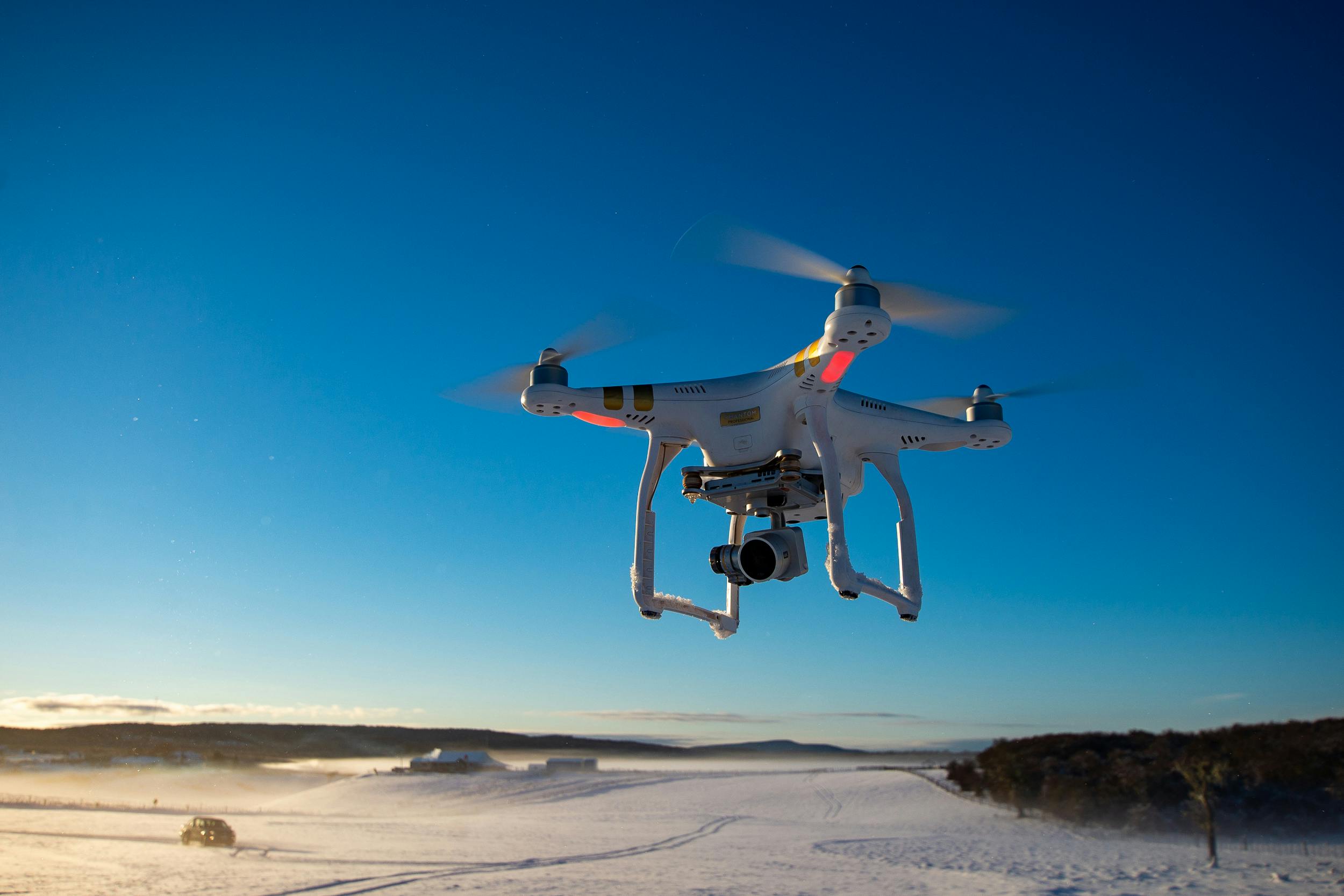The Federal Aviation Administration (FAA) recently completed an audit of beyond visual line of sight (BVLOS) unmanned aircraft technologies to help establish firm operations, policy and rulemaking procedures.
As drone technologies become a more widely utilized asset, the need to expand regulatory frameworks to accommodate more complex operations beyond current regulation parameters has become apparent. The completed audit informs the FAA’s efforts to better regulate and integrate BVLOS drone technologies, positioning the U.S. as a global aeronautics leader.
While widespread BLVOS usage has gained traction in recent years, the FAA has acknowledged that there are challenges and safety risks associated with integrating them into the National Airspace Program (NAS). The FAA made several determinations through the audit, including:
- Approval of increasingly complex BVLOS drone operations jumped from 1,229 to 26,780 over a three-year period.
- The agency’s BVLOS six operational goals and metrics were difficult for most lead participants to meet.
- The FAA is not using comprehensive data to inform rulemaking and uses a validation process that leads to errors.
- The FAA’s rulemaking team ceased collecting data on BEYOND program societal and economic benefits and community engagement.
The BEYOND program is the nation’s successor to the Integration Piot Program (IPP), which was originally founded in 2017 to integrate drone operations into NAS. The BEYOND program furthers IPP’s effort, working under established rules to collect data and streamline the drone integration process. The program started its second phase in 2025.
Drone innovation has great potential in the aeronautics industry, but the FAA found that changes must be made to modernize existing drone regulations to accommodate new technologies. The audit concluded with a list of seven recommendations to improve the agency’s efforts to advance BVLOS drone operations. The recommendations direct the FAA to:
- Update Key Performance Indicators as the BEYOND program begins its next phase tailored to lead participant and agency goals.
- Develop a BEYOND mechanic to add new lead participants to both replace participants who drop out and to improve geographic and programmatic diversity.
- Consolidate all BVLOS drone flight data into a single searchable repository to enable comprehensive tr3ending and analysis.
- Develop and implement a process to improve clarity and transparency across lines of business with program participants regarding how the FAA is using collected drone operational flight data to inform policy efforts and identify informational gaps.
- Create and deploy a process to validate drone partnership program data that improves accuracy and minimizes manual workload.
- Issue a formal policy on incorporating societal and economic benefit data into upcoming operational assessments for specific BVLOS drone operations.
- Implement a standardized approach to start a community engagement collection and education effort in the BEYOND program’s next phase.
According to the FAA, all recommendations have been resolved but will remain open until the planned actions have been completed.
Photo by Emiliano Arano from Pexels













